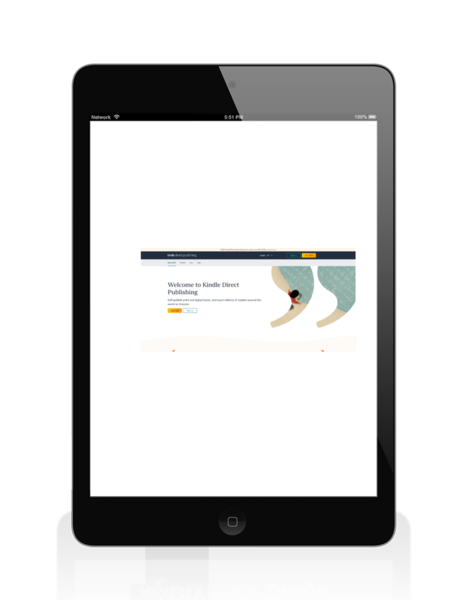Kindle Direct Publishing
(0 User reviews)
1603
563
Kindle Direct Publishing
Kindle Direct Publishing offers a viable path for writers and publishers seeking to enter the self-publishing landscape. Its advantages, such as creative control, competitive royalties, and quick access to a global market, significantly outweigh the potential downsides for many authors.
What is Kindle Direct Publishing?
Kindle Direct Publishing (KDP) is Amazon’s self-publishing platform that allows authors to publish their books in digital and paperback formats for distribution on Amazon. Since its launch in 2007, KDP has transformed the landscape of self-publishing, enabling writers to retain more control over their work and connect with a global readership without the constraints of traditional publishing models.
Key Features of KDP:
- Global Reach: KDP allows authors to distribute their books to millions of Amazon customers worldwide.
- Multiple Formats: Authors can publish eBooks, paperbacks, and even audiobooks through KDP.
- User-Friendly Interface: The platform offers a straightforward step-by-step guide for uploading manuscripts, designing covers, and setting prices.
- Royalty Rates: Authors can earn royalties of 35% or 70% depending on the pricing and distribution options.
Pros of Kindle Direct Publishing
- Creative Control: One of the most significant advantages of KDP is that authors maintain full creative control over their work. Writers decide on the content, cover design, and pricing strategies, allowing for a personal touch that often gets lost in traditional publishing.
- Higher Royalties: KDP offers competitive royalty rates, allowing authors to earn up to 70% on eBook sales (for titles priced between $2.99 and $9.99). In comparison, traditional publishers often provide authors with just 10-15% royalty rates.
- Speed to Market: KDP enables authors to publish their works quickly. While traditional publishing processes can take years, KDP allows writers to upload their manuscript and have it available for sale within 24 to 48 hours.
- Access to Analytics: Authors can access sales reports and insights into their book's performance, helping them make informed decisions about marketing strategies and promotional efforts.
- Marketing Opportunities and Tools: KDP provides various promotional opportunities, including Kindle Unlimited (KU) and KDP Select, which allow authors to reach broader audiences and increase visibility.
Cons of Kindle Direct Publishing
- Self-Publishing Challenges: Although KDP offers many tools, writers must take on the responsibilities of editing, formatting, and marketing their books. This can be overwhelming for inexperienced authors or those without a clear marketing strategy.
- Market Saturation: With numerous titles available on Amazon, standing out in a crowded marketplace can be challenging. Authors may need to invest time and resources in marketing and promotion to attract readers.
- Quality Control: The ease of self-publishing means that not all published works meet professional standards. This can lead to mixed reviews and affect the author’s reputation if readers come across poorly edited or formatted books.
- Limited Distribution Outside Amazon: While KDP has a vast reach on Amazon, it may limit authors’ access to other platforms unless they choose to enroll in KDP Select, which requires exclusivity for eBook sales.
- Variable Pricing and Royalties: Pricing strategies can significantly affect royalties. Authors must navigate between the 35% and 70% royalty options, making pricing decisions based on their targeted audience and book quality.
